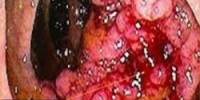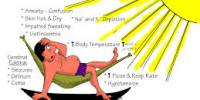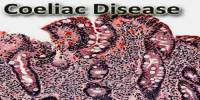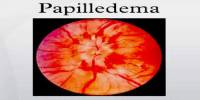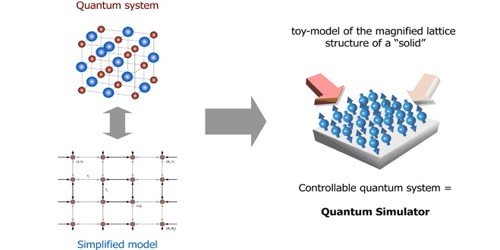Gangrene
Definition: Gangrene is a condition that occurs when body tissue dies when a lack of blood supply in some part of the body, often the hands or feet. Symptoms may include a change in skin color to red or black, numbness, swelling, pain, skin breakdown, and coolness. The feet and hands are most commonly affected. Certain types may present with a fever or sepsis.
It is a serious condition that can result in amputation of a limb or death. It needs urgent treatment to halt the spread of tissue death as rapidly as possible.
Diabetes is linked to gangrene. Diabetes also affects the small arterial vessels and they become insufficient to supply the extremity. Other risk factors are smoking and conditions such as Raynaud’s disease.
Gangrene can be classified as dry gangrene, wet gangrene, gas gangrene, internal gangrene, and necrotizing fasciitis. The diagnosis of gangrene is based on symptoms and supported by tests such as medical imaging.
Treatment may involve surgery to remove the dead tissue, antibiotics to treat any infection, and efforts to address the underlying cause. Surgical efforts may include debridement, amputation, or the use of maggot therapy.
Here are some key points about gangrene.
- Gangrene occurs when a lack of blood supply, and therefore oxygen, results in tissue death.
- Gangrene is usually external, affecting the extremities, but it can also affect internal tissues.
- Surgical complications can lead to internal gangrene, with signs of toxic shock.
- Urgent treatment is important to prevent further serious illness and death. This includes the removal of dead tissue and sometimes amputation.
Types of Gangrene: Gangrene is of two major types – Dry and wet gangrene.
Dry gangrene – Dry gangrene occurs when there is slowing or obstruction in blood flow to parts of the body like toes and fingers. It is not a disease itself, but a symptom of other diseases. Dry gangrene is often due to peripheral artery disease but can be due to acute limb ischemia. It is the end result of chronic ischemia without infection.
Dry gangrene is usually limited to the part affected and there is an area of healthy skin just beyond the affected area. The area involved turns cold, dry and black and eventually falls off. This is called mummification of the area.
Wet gangrene – In wet or moist gangrene, the skin swells and blisters form and may rupture. Pus may appear. It is generally associated with infection of the dead tissue. Wet gangrene can develop following a severe burn or frostbite. This type of gangrene can occur in people with diabetes who have an injury but do not notice or attend to it due to diabetic neuropathy.
Wet gangrene can spread much quicker leading to life-threatening complications like a septic shock if not treated immediately.
Other Types – Gas gangrene, Internal gangrene, and Fournier’s gangrene.
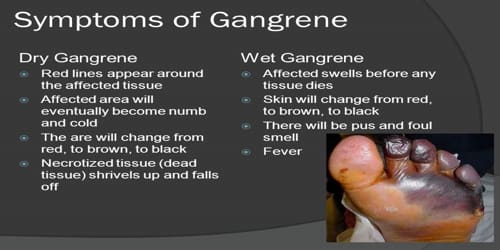
Causes, Sign, and Symptom of Gangrene: Gangrene is caused by a critically insufficient blood supply (e.g., peripheral vascular disease) or infection. It is associated with diabetes and long-term tobacco smoking. Blood plays a very important role in our health. Not only does it transport oxygen and nutrients throughout our body to feed cells, but it also delivers disease-fighting antibodies that protect our body from infection.
Any condition that affects blood flow increases our risk of gangrene, including:
- Diabetes
- Atherosclerosis
- Peripheral arterial disease
- Smoking
- Trauma or serious injury
- Obesity
- Raynaud’s phenomenon (a condition in which the blood vessels that supply the skin become intermittently narrowed)
- Weakened immune system
The major features of wet or dry gangrene are:
- Dry and shriveled skin that changes color from blue to black and eventually sloughs off
- Cold and numb skin
- Pain may or may not be present
- Swelling and pain at the site of infection
- Change in skin color from red to brown to black
- Blisters or sores that produce a bad-smelling discharge (pus)
- Fever and feeling unwell
- A crackling noise that comes from the affected area when pressed
Gangrene of the internal organs is slightly different but also involves tissue death. There may not be any external signs of internal gangrene, but the following may occur as a result of septic shock and other complications:
- fever and chills
- confusion
- nausea, vomiting, and diarrhea
- low blood pressure leading to light-headedness and fainting
- shortness of breath and increased heart rate
Gas gangrene can produce all of these symptoms, and others. The infected area of skin can quickly extend, with some changes visible within minutes.
In gas gangrene, the skin may:
- be very painfully swollen
- be pale at first, but become red or bronze before finally turning blackish-green
- show blisters filled with brown-red fluid
- produce a foul-smelling brown-red or bloody fluid when the affected tissue is drained or leaks, known as a serosanguineous discharge
- create a crackling sensation, or crepitus, on examination, due to the movement of gas under the skin
This is known as subcutaneous emphysema. The gas is produced by the infectious bacteria and is highly toxic, causing the necrosis to spread quickly.

Diagnosis and Treatment of Gangrene: A doctor will carry out a physical examination and take a medical history, to find out about symptoms and potential exposure to infection or trauma. They will look for signs of shock.
Tests can include:
- an X-ray to reveal gas bubbles in muscle tissue
- MRI and CT scans to determine the extent of muscle involvement
Tests of blood, tissue, and any discharge may be carried out to identify any bacterial infection. Surgery may be necessary to explore the extent of the necrosis and to gain tissue samples.
Gangrene often spreads so quickly that it can’t be stopped by antibiotics alone. Treatment consists of a three-pronged approach:
- Antibiotics help slow the infection and clear small, unnoticed pockets of bacteria.
- A surgeon debrides (cuts away) the infected flesh and a margin around it to prevent further spread. If debridement isn’t enough, amputation is the next step.
- The patient is put in a hyperbaric chamber if one is available. This is a sealed metal tank pumped full of oxygen under high pressure. The pressure forces oxygen into the tissues, stopping the spread of anaerobic bacteria. Hyperbaric chambers were invented to help sea divers with the bends, but they have many uses in medicine.
Antibiotics and surgery are commonly used as the principal treatments for gangrene and have been proven to be very effective. Hyperbaric chambers aren’t widely used because many hospitals don’t have access to them.
Gangrene, especially in diabetes, may be prevented by adequate foot care and good blood sugar control. A healthy diet, regular exercise, and stoppage of smoking may go a long way in prevention of gangrene.
Information Source:

